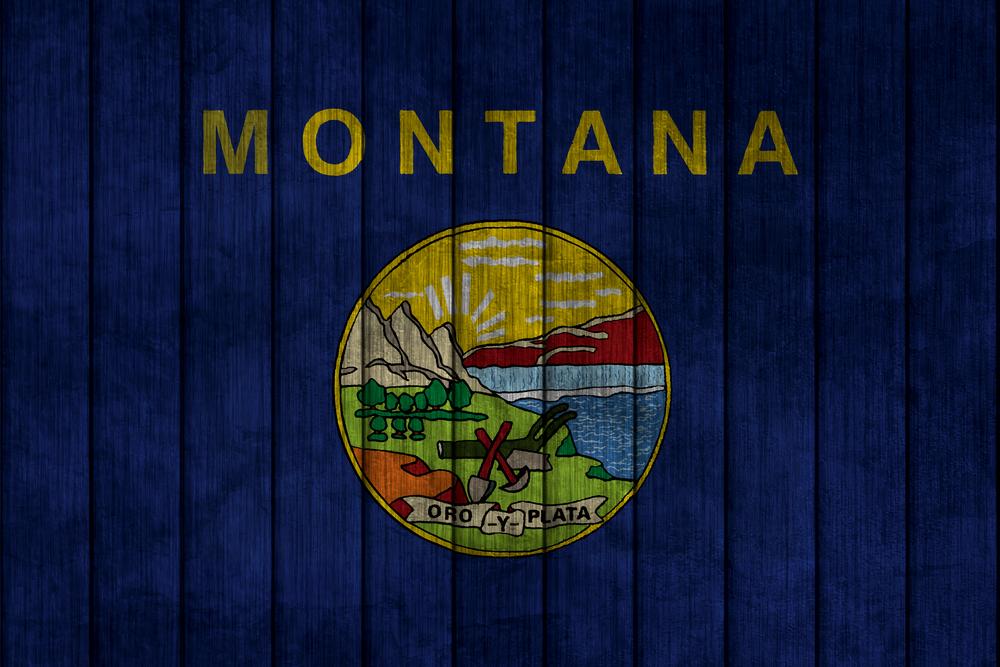Exploring the Main Types of Banking Institutions in the U.S.
This article provides an overview of the five main types of banking institutions in the United States, highlighting their functions and differences. It aims to enhance understanding of the financial system, from national and retail banks to investment and central banks. Perfect for students, professionals, and anyone interested in banking, this guide clarifies the roles each plays in the economy. Gain insight into how banks serve individuals, businesses, and the government, emphasizing their importance in the financial landscape.

Understanding the diversity of banking organizations is essential for grasping the financial landscape. Banking isn’t solely about saving, earning interest, or withdrawing funds. Different types of banks serve distinct purposes, catering to individuals, businesses, or the government. Whether you're considering a career in banking or simply seeking knowledge, recognizing these institutions helps demystify how financial services operate. Here are the five primary banking types in the United States:
National Banks
These banks are federally chartered and regulated by the U.S. government. They are insured by the Federal Deposit Insurance Corporation (FDIC) and offer a wide range of services, from deposit accounts to loans and insurance. Examples include Bank of America, Citibank, PNC Bank, and Capital One.
Retail Banks
Retail banks focus on providing direct services to individual consumers, such as checking and savings accounts, credit and debit cards, loan products, and retirement plans. They can be local or regional branches of larger banks, serving everyday banking needs.
Commercial Banks
These banks cater mainly to businesses, offering services like business loans, investment products, overdraft facilities, and mortgages. Historically, many commercial banks also engaged in investment banking before regulatory changes post-1929. They may be government-owned or privately operated, with profit motives driving their operations.
Investment Banks
Investment banks specialize in securities and financial transaction services, including mergers, acquisitions, trading in derivatives, and equity and bond issuance. Their revenue primarily comes from transaction fees and advisory services.
Federal Reserve (Central Bank)
The Federal Reserve oversees the U.S. banking system, managing monetary policy, issuing currency, facilitating financial stability during crises, and regulating banks. It operates independently of political influence to ensure a stable economy.
Grasping these banking institutions' roles provides valuable insight into how the U.S. financial system functions and supports both individual and corporate finances.









